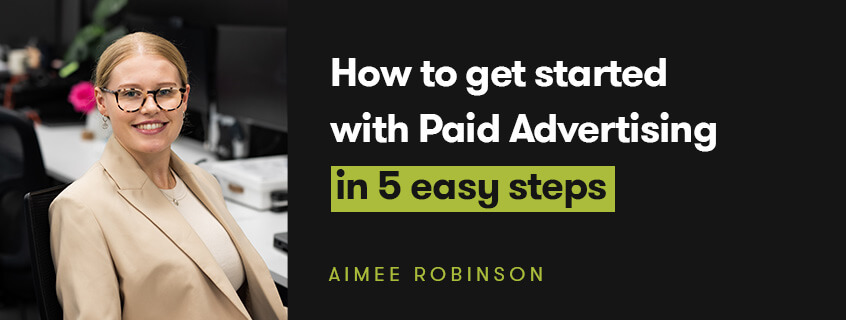

Paid advertising has emerged as an efficient tool in any marketer's arsenal, offering a means to cut through the noise and connect with potential customers on a grand scale. It is the practice of paying for ad space or placements on various online platforms, allowing businesses to promote their products or services to a specific, often highly targeted, audience.
This advertising model, also known as pay-per-click (PPC) advertising, involves bidding for ad placements on search engines, social media networks, websites, and more, with the cost typically based on the number of clicks or impressions the ad receives.
If you're a business owner looking to increase brand awareness and drive more traffic to your website, paid advertising is an excellent option to consider. With the rise of social media and digital marketing, paid ads have become essential to marketing strategies for businesses of all sizes. In this blog post, we'll take you through five easy steps to get started with paid advertising.

You must deeply understand your target audience before you even think about launching a paid advertising campaign.
To answer these questions, create detailed buyer personas. These are semi-fictional representations of your ideal customers, complete with names, ages, job titles, and other relevant details. You can identify these personas through market research, surveys, data analysis and even ChatGPT or Bard! This information guides you to the right path in crafting messages that appeal to your audience.
Once your customer personas are nailed down, map out the customer journey. This is the path your customers take from first discovering your brand to making a purchase. It typically includes stages like awareness, consideration, and conversion. Understanding this journey will help you determine when and where to target your audience with paid ads.
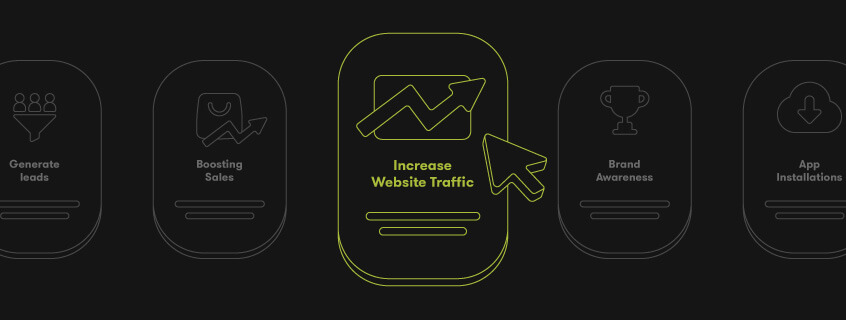
It's time to set clear and measurable goals. What do you want to achieve with your paid advertising campaign?
Your goals should be SMART (Specific, Measurable, Achievable, Relevant, and Time-bound). For instance, instead of saying, "I want more website traffic," you could set a goal like, "I want to increase organic website traffic by 20% in the next six months."
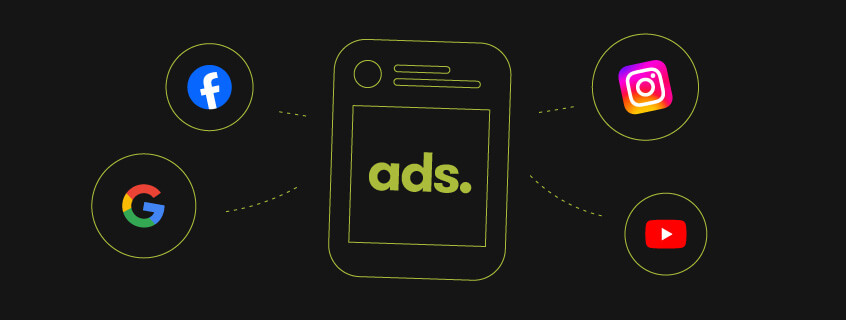
You want to reach your target audience where they spend their time.
Google Ads is a versatile platform that allows you to display your ads on the world's most popular search engine. It's a powerful tool for capturing users actively searching for products or services. With the right keywords and ad copy, you can reach potential customers at the exact moment they're looking for what you offer.
Social media advertising campaigns on Facebook, Instagram, and other Meta-owned properties can effectively reach a broad audience. These platforms provide advanced targeting options, allowing you to narrow down your audience based on demographics, interests, and behaviours.
On the flip side, there's one important piece of advice: Boosting posts is NOT a good place to start. While boosting posts is easy, it doesn't give you the same level of control and customisation as a full-fledged advertising campaign. Instead, create unique ads and campaigns tailored to your specific goals and audience. This approach will yield better results in the long run.
When selecting your advertising channels, consider your target audience's demographics and online behaviour. For example, platforms like LinkedIn or TikTok might be worth exploring if you're marketing to young professionals.
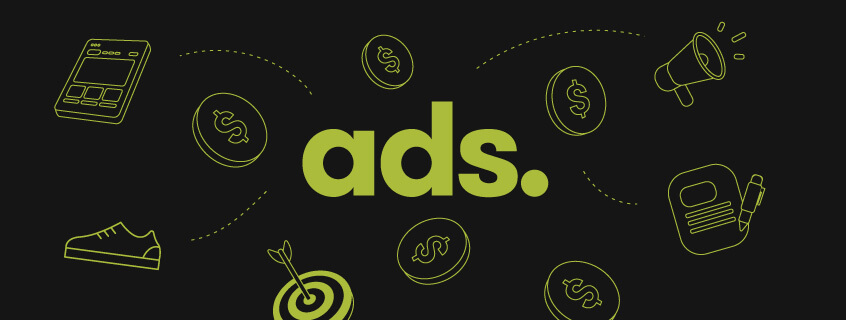
It's time to create a winning advertising strategy.
Organise your campaigns and ad groups logically. Each campaign should align with a specific goal or product/service. For example, if you're an eCommerce store, you might have one campaign for summer apparel and another for winter gear. Within each campaign, create ad groups that group related keywords and ads.
Is your landing page relevant and user-friendly? It should match the intent of your ad and provide a seamless experience. A high-quality landing page can significantly impact your conversion rate.
Craft compelling ad copy that speaks directly to your audience's pain points and desires. Use compelling headlines and persuasive language. Include clear calls to action (CTAs) that guide users on what to do next, whether it's "Shop Now," "Sign Up," or "Learn More."
Visual elements are equally important. Use high-quality images or videos that are relevant to your product or service. A well-designed ad can make a world of difference in capturing your audience's attention.
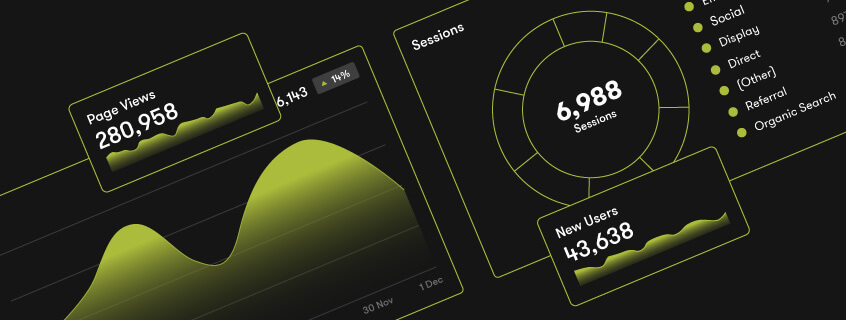
Setting realistic expectations and being patient with your digital marketing strategies is essential. Rome wasn't built in a day, and neither is a highly effective advertising campaign.
Paid advertising is not a set-it-and-forget-it endeavour. Continuously monitor and optimise your campaigns. Test different ad variations, experiment with ad schedules, adjust your bidding strategy, and closely monitor your budget. Analyse the data to identify what's working and what's not, then make data-driven decisions to improve your ROI.
Leverage the tracking and analytics tools the advertising platforms provide. Google Ads and Facebook/Meta Ads offer robust tracking capabilities that let you monitor the performance of your ads in real time.
Regularly reviewing these tracking and analytics data allows you to make data-driven decisions to optimise your campaigns for maximum impact.
Keep a close watch on key performance metrics. They provide valuable insights into your advertising strategy's effectiveness.
It's not enough to set up your campaigns and let them run without any adjustments. Continual refinement based on data and insights is the path to achieving the best possible results.
All of these digital marketing abbreviations and jargon can get pretty confusing and they will come up often during your paid ads journey. So we created a digital marketing jargon cheat sheet to help you stay on top of what CPC, CTA, CPA, PPC and other digital marketing terms.
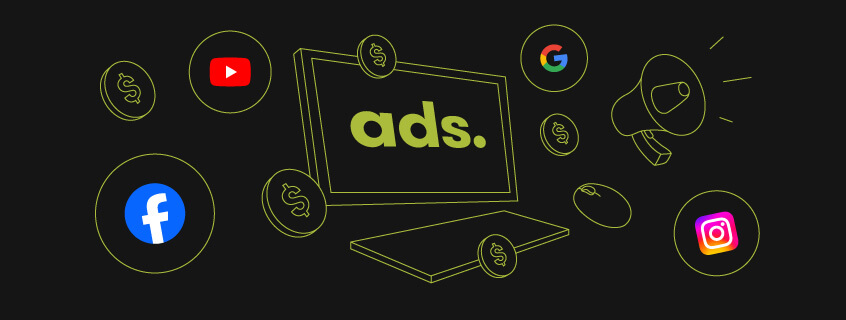
In the fast-paced and ever-evolving digital advertising space, these steps serve as a solid foundation for any business looking to leverage the power of paid advertising. With the right strategies and tools, you can drive traffic, leads, and sales while maximising your return on investment. Simply use this as your guide to help you run your first paid ad campaign.
Collaborating with the right team of digital marketers can help you achieve the full potential of paid advertising for your brand's growth and success. If running your first paid ad seems a bit overwhelming–that’s okay. At Dilate, we’re experts in data-driven creative ads and we can help you drive the results you want for your business. Let’s talk about your paid advertising strategy, and make some wins together.
what our clients are saying
create business. better everyday.
Let's Talklearn from the best minds in the business
Bodie provides some insight into Dilate's internal operations. How we approach what we do, and how we strive to be Better Everyday.

"*" indicates required fields
"*" indicates required fields


